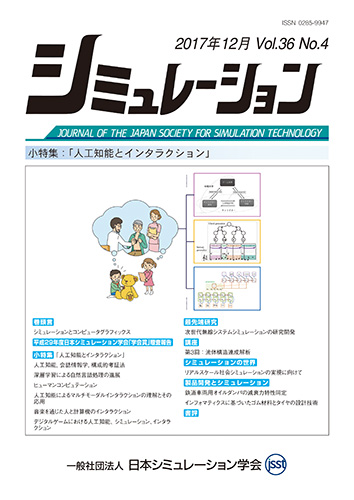Volume 9, Issue 4
Displaying 1-4 of 4 articles from this issue
- |<
- <
- 1
- >
- >|
Paper
-
2017 Volume 9 Issue 4 Pages 73-78
Published: 2017
Released on J-STAGE: September 20, 2017
Download PDF (1732K) -
2017 Volume 9 Issue 4 Pages 79-84
Published: 2017
Released on J-STAGE: November 28, 2017
Download PDF (837K) -
2017 Volume 9 Issue 4 Pages 85-93
Published: 2017
Released on J-STAGE: November 28, 2017
Download PDF (2178K) -
2017 Volume 9 Issue 4 Pages 95-100
Published: 2017
Released on J-STAGE: December 08, 2017
Download PDF (873K)
- |<
- <
- 1
- >
- >|
